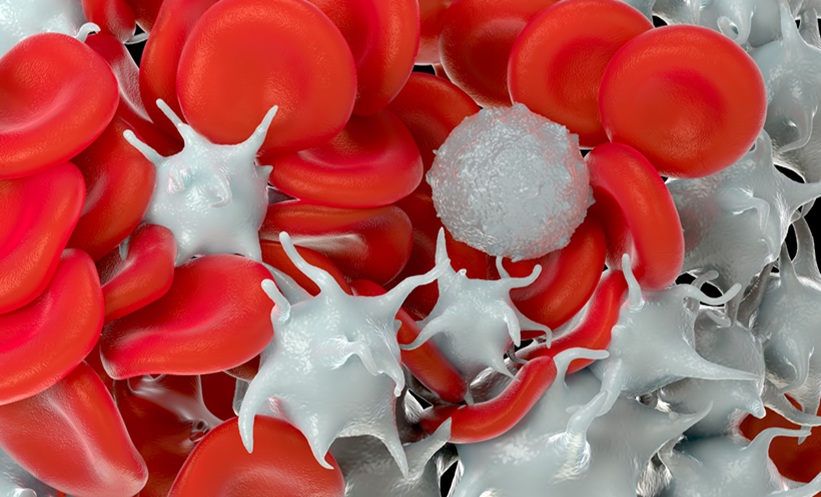Abstract
Due to its increasing prevalence, exceeding 25% of the Western population, non-alcoholic fatty liver disease (NAFLD) merits recognition as one of the most frequent chronic liver diseases (CLD) and requires consideration of the associated disease-related complications and their consequences for the surveillance and treatment of patients and the socio-economy worldwide. Along with the increasing incidence of NAFLD-related cirrhosis and end-stage liver disease, the frequency of NAFLD-related hepatocellular carcinoma (HCC) is rising and expected to surpass HCC related to chronic hepatitis C in the upcoming future. These epidemiologic changes will impact on the overall mortality of CLD and the requirement of organs for transplantation. Although the risk of HCC in NAFLD, similar to other CLD, is related to fibrosis (advanced fibrosis increases the risk of HCC 25-fold), there are reports suggesting a considerable rate of HCC also developing in simple hepatic steatosis. Moreover, HCC is nowadays the leading cause of obesity-related cancer mortality; cancers of other origin such as colorectal cancer are more prevalent in patients with NAFLD and obesity. The pathophysiology of HCC has mainly been studied in models of viral hepatitis. Given the expected raise in NAFLD-related HCC, a better understanding of the pathophysiology of carcinogenesis in NAFLD and obesity is desired in order to better define chemopreventive strategies. Here we review the epidemiology, aetiology, and pathogenesis of HCC on the background of NAFLD and deduce potential consequences for the management of patients in respect to the NAFLD epidemic.
Please view the full content in the pdf above.








